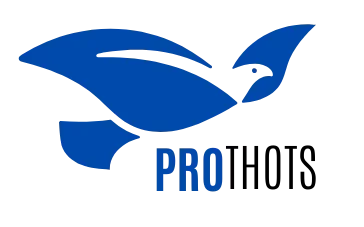Blog
The Complete Guide to Rhomboid Muscle Pain
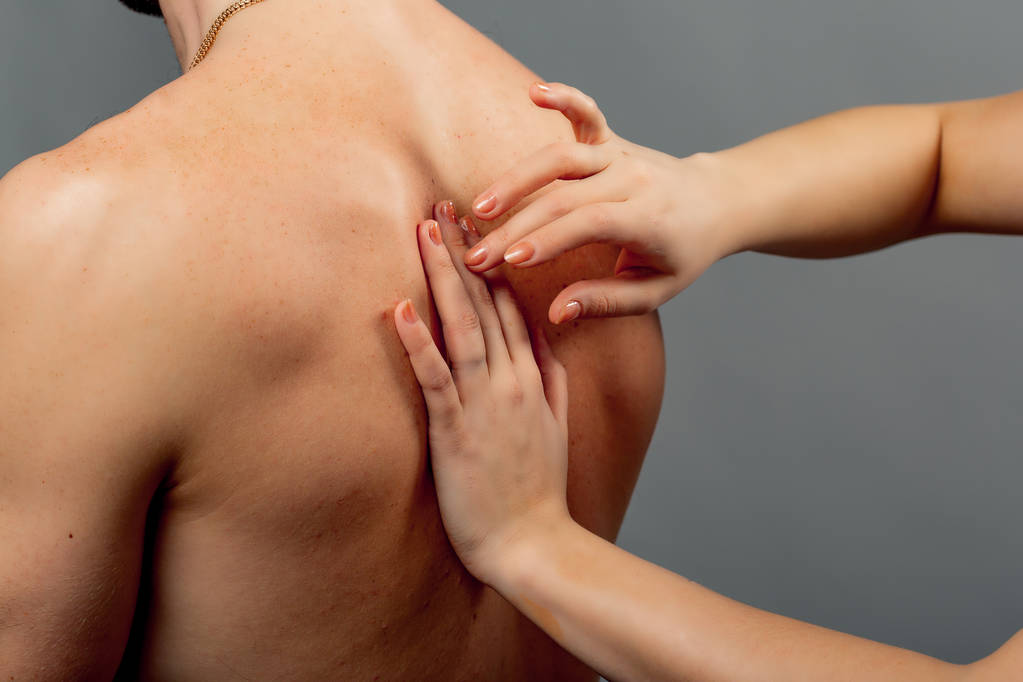
Rhomboid muscle pain is an incredibly common but frequently misunderstood issue that can affect a wide range of individuals from desk workers to athletes. The upper back region is where it is located the rhomboid muscle plays an essential role in the movement of your body, posture and overall spine health. When the muscles get stressed injured or injured the discomfort can affect everyday activities, mobility as well as quality of living. This detailed guide explains all you need to learn about rhomboid pain
What Are the Rhomboid Muscles?
The rhomboid muscles comprised of the the rhomboid main and the rhomboid major and minor can be found within your back’s upper part between the shoulder blades. The muscles link the spine with the edges of the shoulders (scapulae) and help to retract and stabilizing them.
- Rhomboid Major is derived from T2 and T5 vertebrae and is attached to the medial edge of the scapula (shoulder blade).
- Rhomboid Minor: It originates from the C7 and T1 vertebrae. It also connects to the medial edge of the scapula.
Primary Functions
- The scapula must be retracted (pull your shoulder blades towards you)
- Stabilize the scapula when performing the upper limb’s movement
- Help in turning the scapula to the downwards
- Maintain a healthy posture and ensure proper alignment of the back.
Symptoms of Rhomboid Muscle Pain
It can be difficult as it usually is in a similar way to other kinds of shoulder or upper back discomfort. Rhomboid muscle pain is unique in that it has certain distinct features.
Common Symptoms
- Aching or throbbing pain that persists between shoulder blades
- Stabbing or sharp sensations can occur in shoulder movements
- The muscles are twitching or spasming within the upper back
- An ache of tightness or an knot in the muscle
- The pain can get worse with deeper breathing, stretching or the twisting
- A feeling of discomfort that radiates up the neck or even down the back
- Limited range of motion in the shoulders as well as the upper back.
Common Causes of Rhomboid Muscle Pain
Rhomboid muscles pain which is typically located between your shoulders and the spine is a significant issue for upper back comfort and flexibility. The muscles rhomboid major as well as rhombo minor play an important part in stabilizing the shoulder blades and in enabling correct posture. If they are stress overworked or injured, symptoms could range from a slight pain to a sharp one.
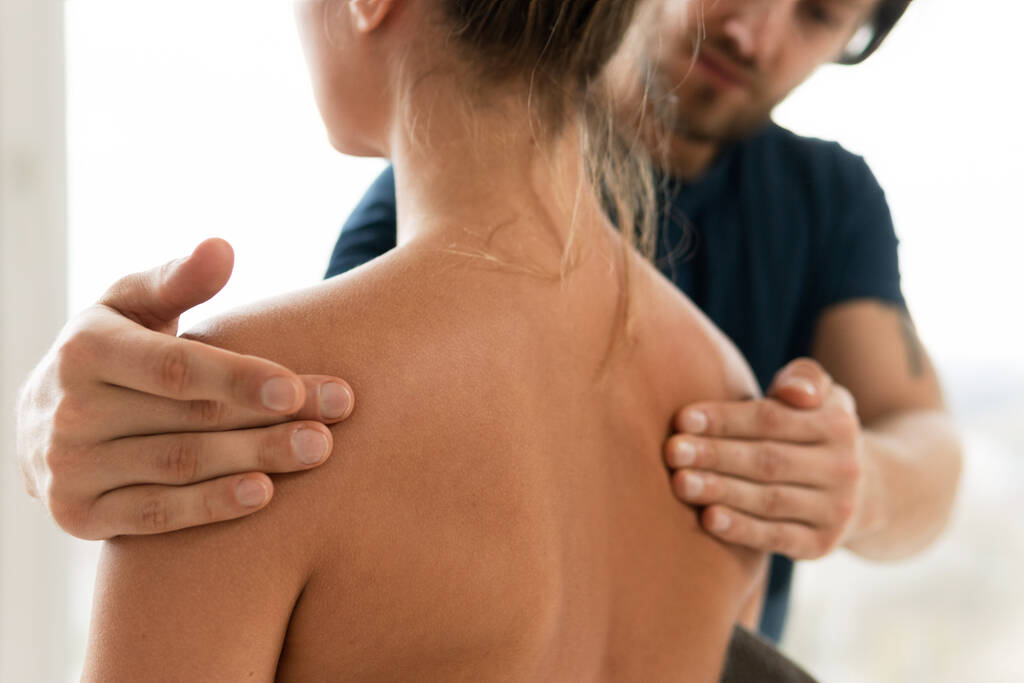
1. Poor Posture (Chronic Forward Head and Rounded Shoulders)
- mechanism: Slouching hunching forward (when using the phone or computer) puts the scapulae (shoulder blades) to extend. The rhomboid muscles are stretched as well as weakening their strength due to a lack of usage.
- Postural Disorder As time passes it can lead to an illness that is known as upper crossed syndrome. In this condition muscle tension in the chest and weak lower back muscles (including the rhomboids) cause pain and imbalance.
Examples from the real world
- Office workers that lean on monitors.
- Drivers or students who spend all day hunched over.
- Phone users or gamers using tech neck.
2. Overuse or Repetitive Motion
- Mechanism The repeated contracting of the rhomboids with no sufficient rest causes tiny tears within muscle fibers leading to inflammation and soreness.
- Activities with high risk such as sports or jobs that require repetitive pushing, pulling or overhead movements.
Examples
- Swimming, rowing, tennis and rock climbing.
- Lifting weights, particularly exercises such as pull ups, rows or shrugs.
- Workers who use tools repeatedly (electricians and painters).
3. Heavy Lifting or Sudden Exertion
- Mechanism The sudden excessive load or a poor lifting position may cause a muscle to contract or stretch out over its limits leading to muscles strain or tears..
- Risk is a common occurrence in cases where the back is not prepared for the force of a lift or if lifting requires turning.
Common scenarios
- Heavy boxes should not be lifted without the properly forming.
- The sudden jerking action in a fall or workout.
- Uncontrolled movement when moving furniture or equipment.
4. Lack of Conditioning or Muscle Imbalance
- Mechanism In the event that muscles surrounding such as the deltoids or trapezius control actions rhomboids could remain tight and weak. Insufficient rhomboids are unable to help support the shoulder blade properly this can lead to discomfort and fatigue.
- A contributing factor Lifestyles that are sedentary contribute to a lack of muscle tone as well as the inefficiency of neuromuscular systems.
Notable risks
- People who are sedentary and begin abruptly intense activities.
- The people who do not include exercises for strengthening their upper backs in workout exercises.
- Muscle dominance patterns (chest overtraining in bodybuilding).
5. Stress and Emotional Tension
- Mechanism under stress people, involuntarily tighten their shoulders by shrugging or keeping the shoulders up. The constant tension could cause trigger point and muscle knots within the rhomboids.
- Psychosomatic connection Stress from emotional triggers the sympathetic nervous system (fight or flee) and tightens postural muscles.
The most common designs
- The feeling of being “tight” between the shoulder blades after having a difficult day.
- The upper back muscles are clenched in times of stress or anxiety.
- Awakening with tight shoulders caused by tension in the unconscious in the night.
6. Direct Trauma or Physical Injury
- Mechanism The result of a fall collision or a blow at the back could trigger bruises, strain or even tearing of the rhomboid nerves. The result is typically an intense pain, swelling or visible bruises.
- The risk of mistaken diagnosis The injuries could be a symptom of various other ailments, like scapular injuries or upper rib fractures which is why a professional evaluation is crucial.
Examples
- Rebounding downwards onto a firm ground.
- Auto accidents that involve shoulder harness impacts.
- Contact sports such as football, wrestling and martial arts.
Other Contributing Factors to Consider
- Thoracic spine disorder A stiffness or misalignment in the thoracic vertebrae may impact the performance of the rhomboid.
- Breathing mechanics that are not optimal A shallow breathing lowers the rib and back flexibility and increases tension in the lower back muscles.
- Cold Exposure Exposure to cold air or drafts may result in muscle tightening and spasms, particularly in exhausted muscles.
Diagnosis: How to Know It is Rhomboid Pain
The ability to identify rhomboid related pain is essential, in particular since upper back pain can be caused by a variety of causes from nerve impingements to internal organ related referred discomfort. Knowing the cause of the problem can help determine the best approach to treatment and helps avoid chronic discomfort and mismanagement.
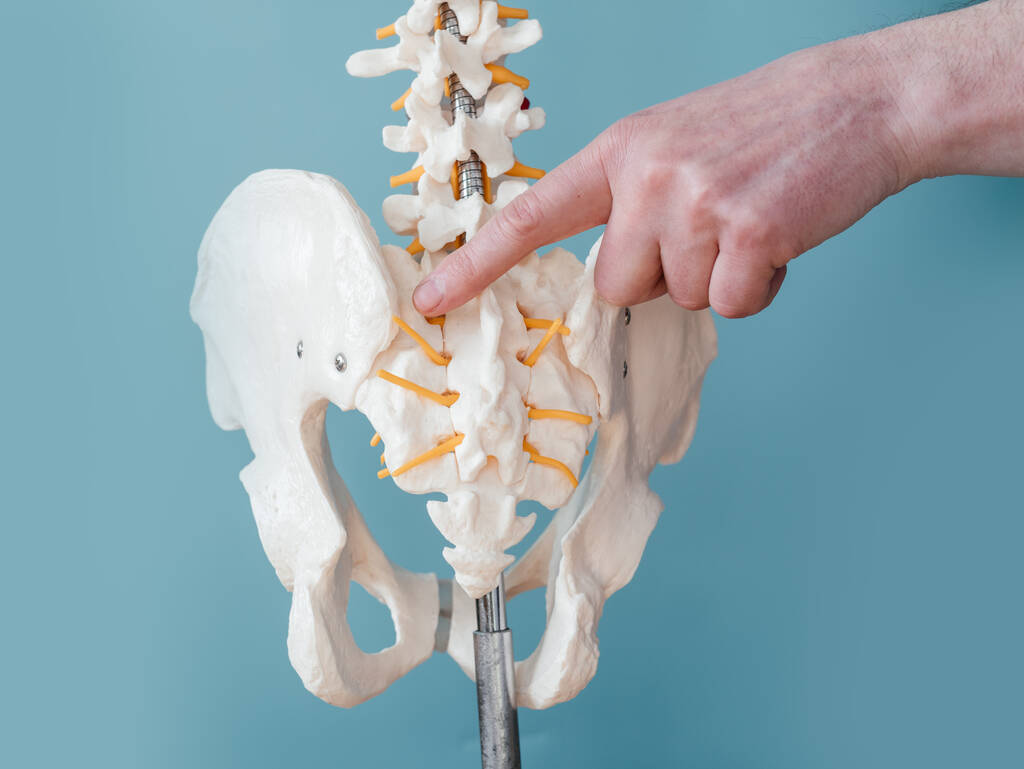
Comprehensive Diagnostic Process for Rhomboid Pain
1. Detailed Medical History
A thorough medical examination is the initial step to determining the root of back pain in the upper part and in identifying the rhomboid issue.
- Description of the symptom Patients are asked to explain their pain in the terms of its location, intensity as well as duration and type (sharp and dull with a throbbing or burning) Rhomboid pain is typically characterized by sensations of a dull pain or tension between shoulder blades. Sometimes it gets worse through certain actions of the arms or breathing deep breathing.
- Activity patterns Clinicians ask about any recent physical changes such as exercise routines that have changed and lifting techniques, extended computer usage and awkward sleeping positions that may have stretched the muscles of the rhomboid.
- Prior injuries or muscle Strains An extensive past history of injury to sports and falls or excessive strain due to improper posture or lifting could indicate rhomboid involvement.
- Physical and Recreational Habits: Desk jobs with bad ergonomics, driving for far distances or playing activities that require repetition of shoulder motions (rowing or tennis, swimming) are the most common causes of Rhomboid strain.
2. Physical Examination
- palpation of the Rhomboid Region: The doctor will apply gentle pressure across the spine as well as between the shoulder blades in order to determine tight, tender or knotted regions. Rhomboid discomfort is often accompanied by visible muscle spasms and tension in the region.
- Tests for Range of Motion The patient is directed through upper and shoulder back exercises (such as arms elevation and reaching behind back or retraction of the shoulder blade) to identify which movements cause or alleviate pain.
- Postural Assessment A poor posture is one of the main contributors to strains in the rhomboid muscle. Head posture that is forward, round shoulders and a winged the scapulae provide visual clues that the muscles of the rhomboid could be stretched out too long or over work.
3. Imaging Tests (When Needed)
- X-Rays Though X-rays are not able to show muscles in a direct way they do assist in the elimination of spinal deformities and misalignments as well as fractures which could contribute to muscle pain and compensation.
- MRI (Magnetic Resonance Imaging) It is a highly efficient method in assessing tissues of soft tissue such as muscles tears, inflammation or evidence of nerve compression which could cause or be the result of the pain of rhomboid.
- Ultrasound Imaging It is a useful tool to identify muscle fiber disruptions tear, minor tears or inflammation that occur in real time during exercise particularly beneficial in diagnosing muscular dysfunction.
4. Functional and Biomechanical Tests
- Scapular Movement Analyse The doctor is on the lookout for any abnormalities in scapular movement (scapular dyskinesis) in shoulder movements. When rhomboid dysfunction is present the scapula could “wing” or move irregularly because of weakness in the muscles or strength.
- Muscle tests for strength and flexibility Tests for resistance are utilized to determine the power of the rhomboids in the retraction of the shoulder blade. Flexibility of the muscles opposing them (like those of the pectorals) could also be evaluated to determine imbalances in muscle.
Additional Considerations in Diagnosis
- Rule out Conditions The majority of doctors conduct tests to rule out the possibility of other factors that cause the back’s upper part, for example, herniated discs Thoracic outlet syndrome or the pulmonary and cardiac conditions (especially in cases where symptoms are not specific and radiating).
- pain pattern recognition Pain caused by rheumatoid arthritis tends to be localized and caused by lifting or pulling actions. It does not usually radiate down the arm or involve numbness/tingling features more typical of nerve related issues.
When to Seek Further Evaluation
If symptoms related to rhomboid persist for more than some time even with self care (stretching or resting, as well as adjustments to posture) or if the discomfort increases or is followed by unsubstantiated signs (such as chest breathing, chest or neurological symptoms) urgent medical examination is vital.
Effective Treatment Options for Rhomboid Muscle Pain
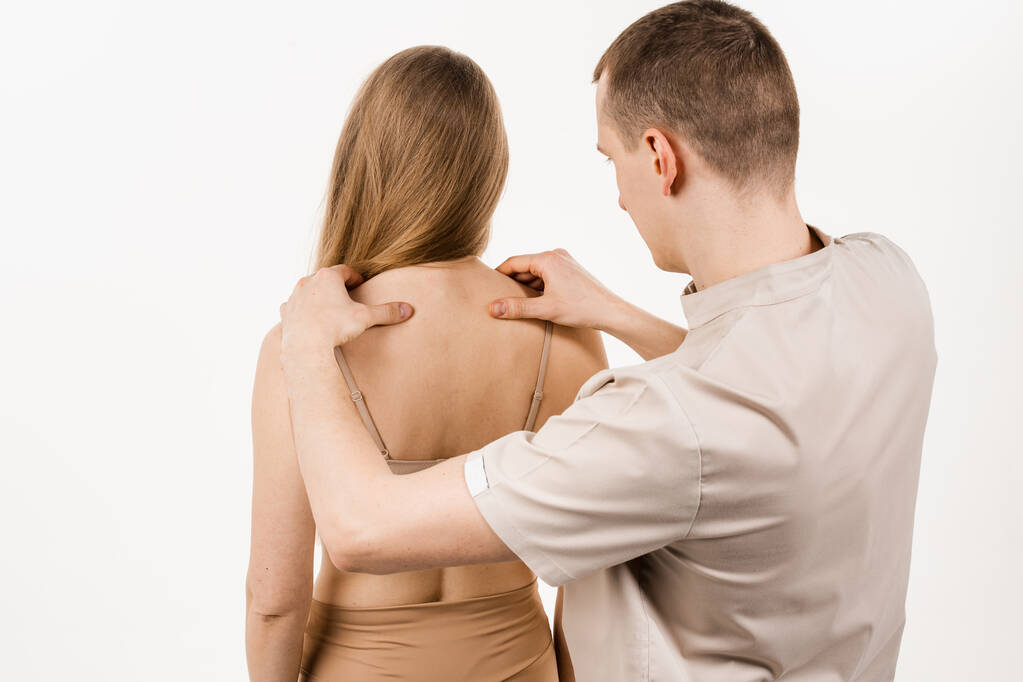
Rhomboid muscle pain usually results because of poor posture, excessive use and strain or injury to the back of the upper. The treatment is based on the severity of the problem, if it is acute (sudden beginning) as well as chronic (long-standing) or how intense the pain is. In general, patients react positively to gentle treatments that do not involve surgery and focus on the cause of tension in muscles inflammation as well as postural imbalances.
1. Rest and Activity Modification
- Temporary Activity Reduction Limit or stop repetitions of motions that stress the rhomboids. Examples include overhead lifting, rowing or long term computer usage.
- Postural Adjustments Examine and alter the ergonomics of your desk (chair height and monitor height as well as the position of your keyboard) to lessen strain on the scapula.
- Sleep position awareness: Do not sleep with your arms over the head or lying down on the side in order to reduce the compression.
2. Cold and Heat Therapy
- Cold Therapy (First 24-48 Hours)
- Apply ice packs wrapped in a towel to last for 15 minutes at a time to lessen swelling and reduce painful.
- A great option after injuries or strain from sports.
- Heat Therapy (Post Acute Phase)
- Place warm compresses or heating pads on the area affected for increased blood flow. release stiff muscles and relieve dull aches.
- Utilize damp warm (warm showers or steaming towels) to allow for greater permeation.
3. Pain Relief Medications
- Oral NNSAIDs Ibuprofen (Advil, Motrin) or naproxen (Aleve) will decrease swelling and provide short term relief.
- Topical Alternatives: Creams and gels that contain menthol, camphor or diclofenac are able to directly treat local pain.
- Muscle Relaxants The use of prescription medications such as Cyclobenzaprine are recommended when there are muscle spasms and especially during acute episodes.
4. Stretching and Mobility Exercises
- Scapular Retractions Press shoulder blades to each other and then hold them for 5 or 10 seconds allowing the muscles to be activated and build up the rhomboids.
- Thoracic Extension over Foam Roller: Roll gently across the back of your upper thigh to turn the back to a hunched, reversed position.
- Doorway Chest Stretch Stretch the chest muscles and balance the pulling force exerted by the abdominal muscles.
- Yoga Based Stretches
- Child’s Pose Gently stretch the shoulders and back.
- Thread the Needle targets the shoulder and upper back the girdle by stretching it in a rotational way.
5. Strengthening Exercises
- Resistance Band Rows Train the rhomboids as well as mid trapezius muscles.
- Prone Y TW L Lifts When performed lying down the exercises focus on the scapular’s angles from all angles.
- Scapular Wall Slides Increase control over and the activation of Scapular stabilizers.
- Dumbbell Reverse Flys and Shrugs Increase endurance and strengthen the muscles of your upper back.
6. Massage and Manual Therapy
- Deep Tissue Massage It targets the deep muscles to ease chronic tension and knots.
- Trigger Point Therapy Concentrates on painful areas within the rhomboid to ease pain that is referred.
- Myofascial Release It uses gentle long lasting pressure to ease fascial limitations and improve mobility.
7. Physical Therapy
- Assessment Therapists evaluate physical muscles, biomechanics and posture dysfunctions and functional deficiencies.
- Manual Therapy This includes joint mobilizations as well as the manipulation of soft tissue.
- Corrective Exercises The focus is on scapular stabilization as well as core engagement and dynamic control of postural posture.
- Educational: Ergonomics training, appropriate lifting techniques and exercises at home to avoid repetition.
Additional Interventions (Optional or for Chronic Cases)
every time where traditional treatments do not suffice or the patient is suffering from ongoing symptoms, further treatments or supplements may offer significant benefits. The treatments are usually customized to the individual’s requirements and are integrated in a multidisciplinary treatment program.
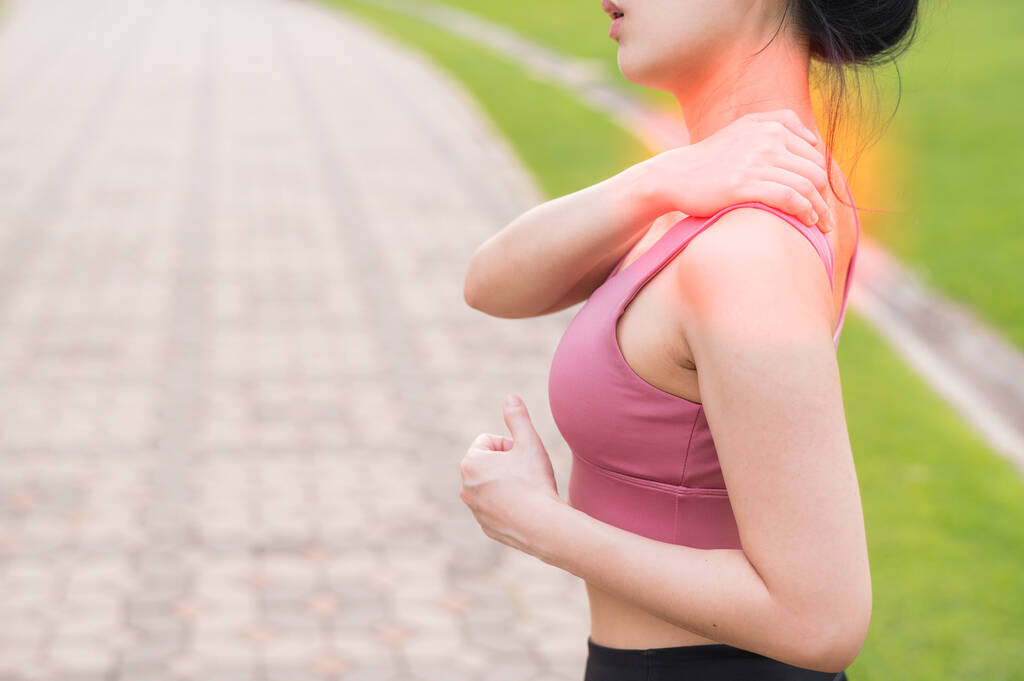
1. Dry Needling or Acupuncture
Scope: It is used to treat triggers in myofascial muscles that can be hyperirritable points in the muscular skeletal muscles that have visible nodules within the muscle fibers that form taut bands.
Mechanism of Action
- Dry Needling (Western method) is the process of inserting thin filiform needles in trigger points in order to generate the local twitch reaction that disrupts the contraction cycle and also reduces the nociceptive signal.
- Acupuncture (Traditional Chinese Medicine) is a treatment for meridian points that helps help restore balance of energy (Qi) as well as promote overall healing.
Clinical Benefits
- It reduces pain and muscle tension.
- Improves blood circulation and increases oxygenation in tissues
- Institutes neurochemical reactions (the release of endorphins)
- Promotes neuromuscular re education
Considerations
- It should be done by licensed practitioners
- Might require several sessions to achieve long term benefits
- A minor bruise or soreness can be normal after treatment.
2. Postural Bracing (Shor Term Use)
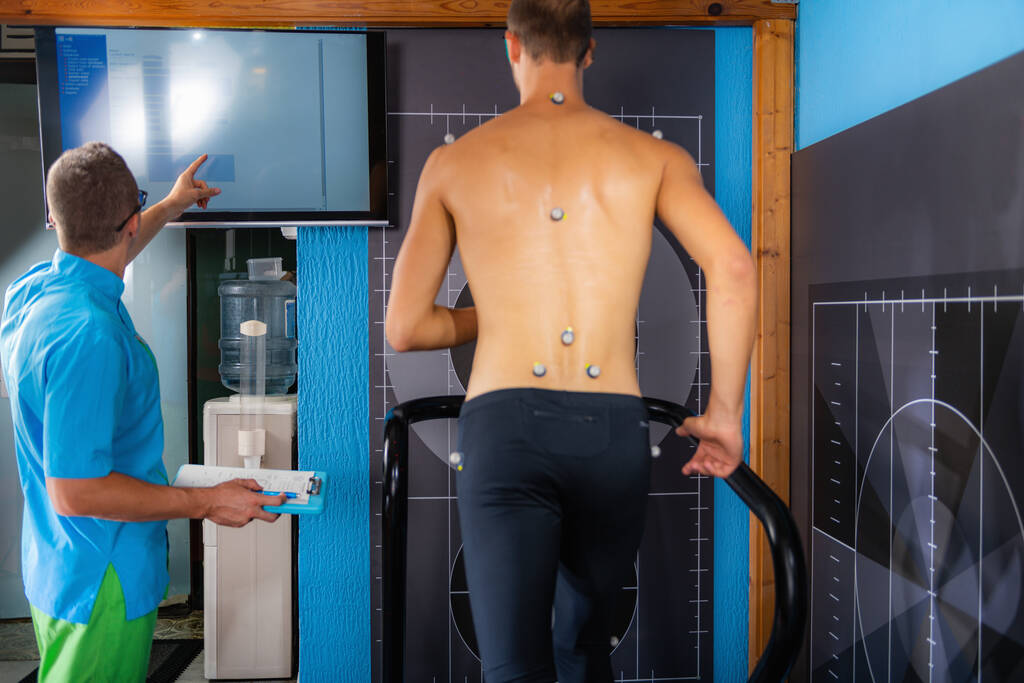
The purpose of HTML0 is: Aids in stabilizing the scapular and helps to maintain proper postural alignment in the acute and subacute stages of healing.
Mechanism of Action
- Encourages the shoulder to be in a neutral position.
- Reduces the strain on tissue healing through limiting overly or compensatory movement
- It provides biofeedback to increase awareness of their posture
Clinical Benefits
- Reduces muscular fatigue due to bad posture
- Lowers the chance of the possibility of re injury
- It can be used to be used to complement therapy exercises programmes by enhancing the correct movements patterns
Limitations
- The long term use of the equipment can lead to muscular deconditioning
- Ideal for intermittent use for dangerous actions (extended standing or lifting heavy)
Best Practices
- Under the supervision of a physical therapy
- Mix exercises postural exercises for retraining
Mechanism of Action
- Skin lifts microscopically making it more elastic and improving the lymphatic drainage as well as circulation of blood
- It provides sensory stimulation for improving the body’s awareness
- Alters muscle tone depending on application technique (inhibition vs. facilitation)
Clinical Benefits
- Reduces swelling localized to the area and inflammation
- It provides the ability to control pain via neuro sensory feedback
- Helps strengthen muscles that are stretched or weak (e.g. Rotator Cuff and Scapular stabilizers)
- Improves the neuromuscular control when exercising and moving
Application Notes
- Tape must be applied by trained healthcare professionals to maximize efficiency
- Most often, the skin remains unaffected for about 3 or 5 days
- The hypoallergenic version is available to those with sensitive skin.
When to Seek Medical Attention
- It continues to ache for 2 or 3 weeks.
- There is a feeling of numbness, burning or weakness within the arms
- The pain gets worse despite conventional treatment
- It is possible to have a record of fall or trauma
When to See a Doctor
- It gets worse or persists for two weeks of self care
- Pain that is severe and can interfere with the ability to sleep or perform daily tasks.
- Apathy, weakness or tingling sensations in hands or the arms
- The pain is accompanied by chest discomfort or breath shortness
- A history of trauma or injury in the upper back.
Prevention: Keeping Rhomboid Pain Away
Rhomboid discomfort which is typically felt between your shoulder blade and spine can vary between a mild pain to an intense, constant discomfort that hinders the activities you do. Most often it is caused by injuries to muscles, poor posture, excessive use and biomechanical issues. The best way to prevent rhomboid discomfort is to take an entire approach that focuses on the posture of muscles their strength and mobility as well as daily practices.
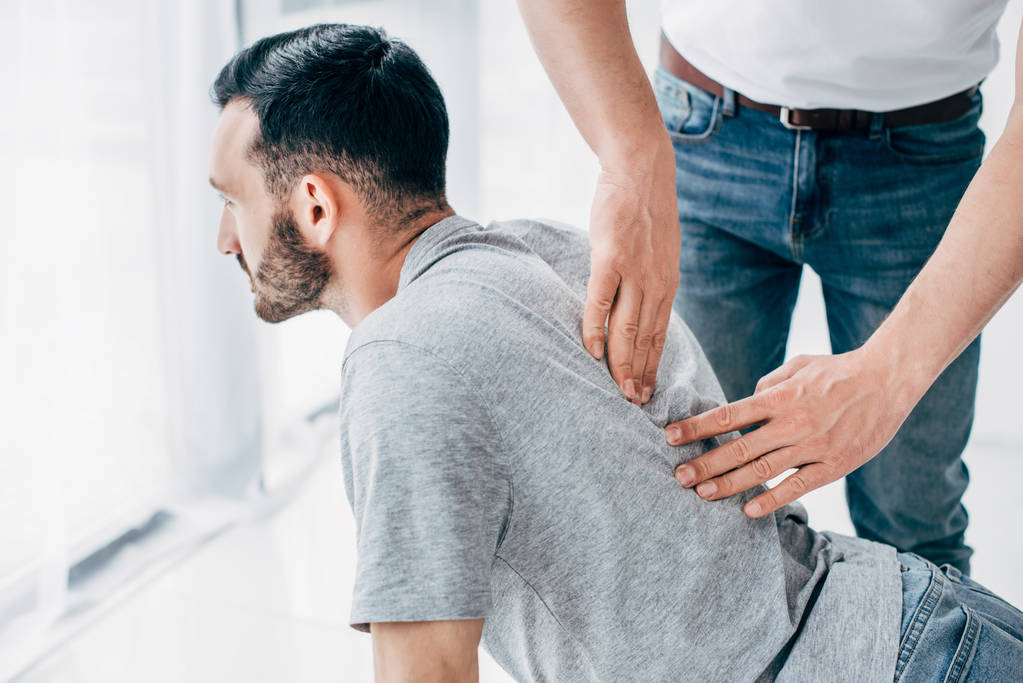
1. Ergonomic Adjustments
- Make use of a comfortable chair that has an lumbar cushion
- Set monitor’s height so that it is at the eye level
- Make sure that your keyboard and mouse are easily accessible
2. Posture Training
- Sit and stand using an upright spine
- Do not adopt a forward head position and round shoulders
- Utilize tools for posture correction if required.
3. Regular Movement Breaks
- Stretch and stand up each 30 or 60 minutes
- Include micro breaks in prolonged working sessions.
4. Stretching and Mobility Work
- A daily stretching routine that targets the shoulders, chest and the back
- Self massage or foam rolling to relax tension
5. Strength Training
- The upper back muscles should be strengthened, as well as the shoulders, core and
- Push and pull balance exercises within your routine workout
6. Stress Management
- Use techniques to reduce stress, like meditation or deep breathing
- Keep active and physically fit to reduce tension and stress.
The Mind Body Connection
The human body is incredibly connected to psychological and emotional state. They do not happen only in the mind but they can also be perceived physically. One of the more common locations where stress from emotional causes can manifest is in the shoulder area and in particular, those lower trapezius muscle that run across the neck and shoulders.
How Stress Affects the Rhomboids
- Chronic stress can cause an increase in cortisol levels. This can lead to muscular tightness.
- The stress of emotional tension can cause an unconscious tensing in the shoulders
- Anxiety related hypervigilance may increase the physical sensitivity to pain
Holistic Approaches to Healing
- Mindfulness meditation Improves awareness of the body and eases anxiety
- Yoga as well as Tai Chi: Integrate breathing and movement, relaxing tension on the muscles
- Breathwork Breathing deeply calms the nervous system as well as promotes the relaxation of muscles
- Therapy and counselling Therapy and Counseling: address the mental stressors which can be manifested as physical discomfort
Conclusion
Rhomboid muscles may appear as a minor issue it is a serious issue that can affect your ability to move and lead a comfortable life. Through understanding anatomy of the muscle, identifying signs, as well as implementing appropriate treatments that ease the pain, restore mobility and avoid recurrence. If you are seeking to recover from an injury, or seeking to improve your position this manual provides all the information you require to manage your lower back health.
